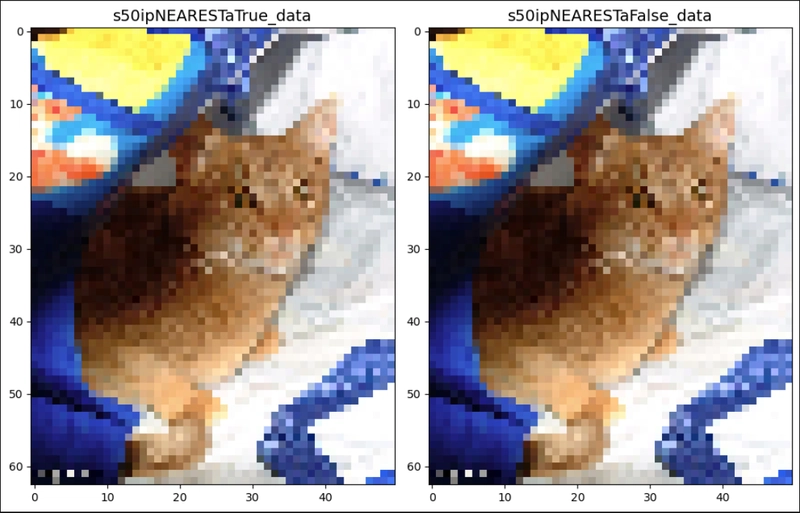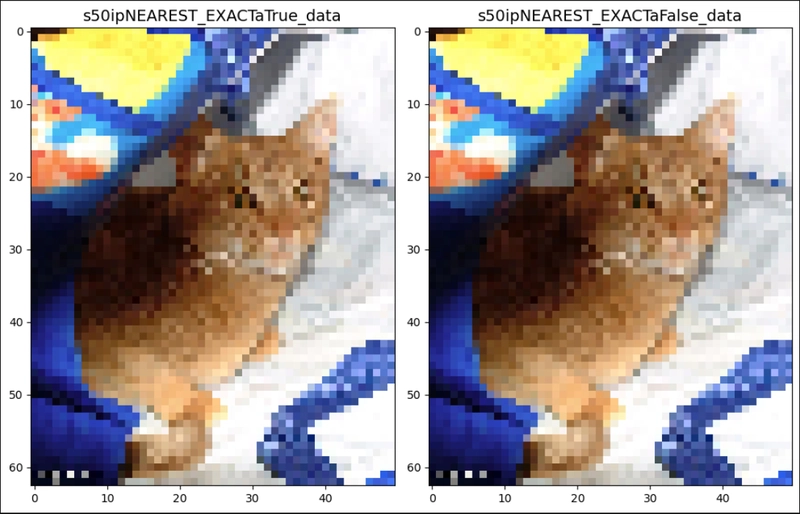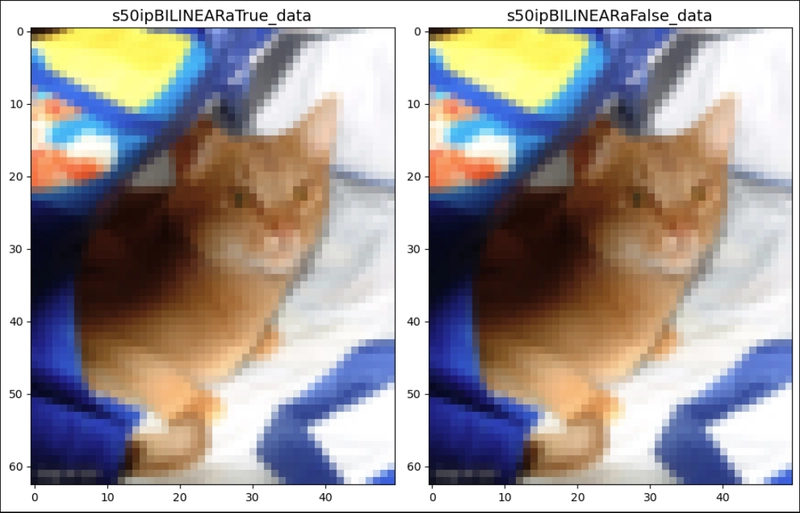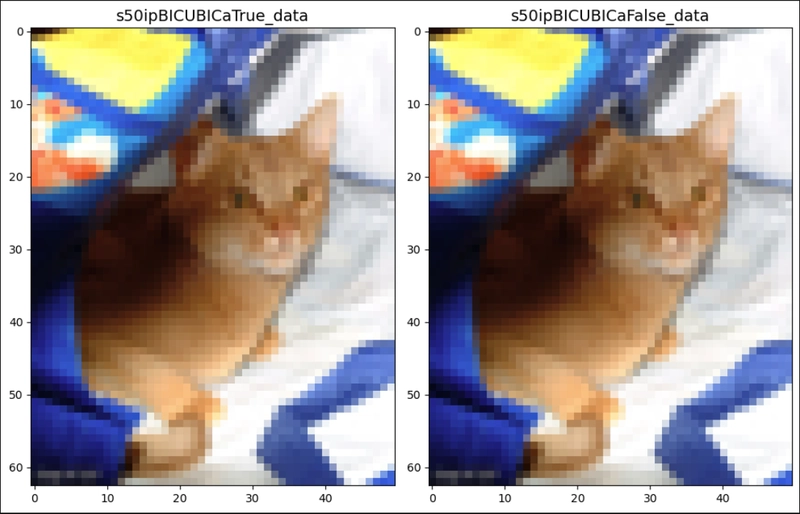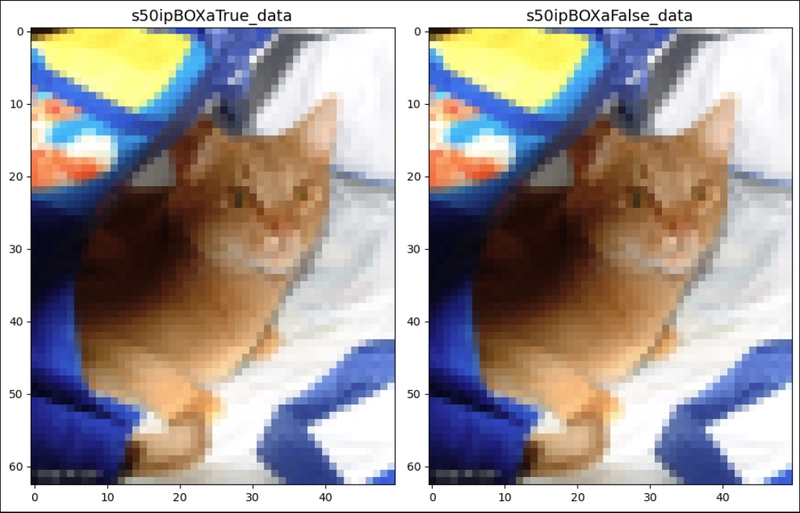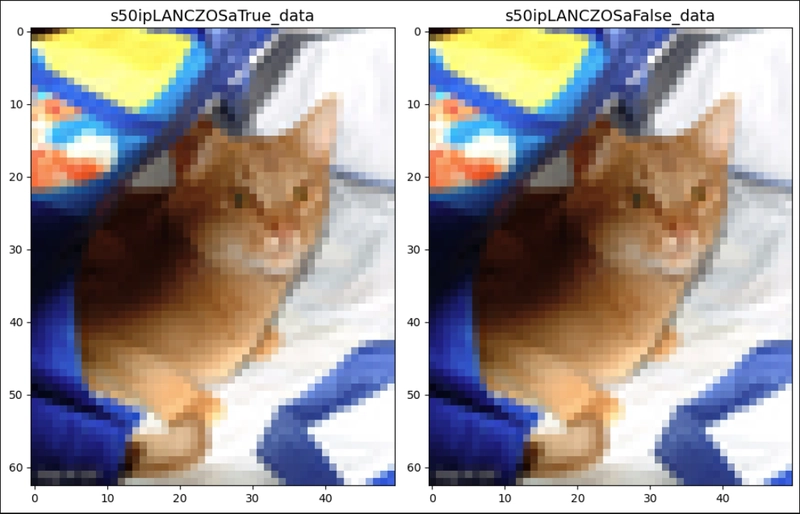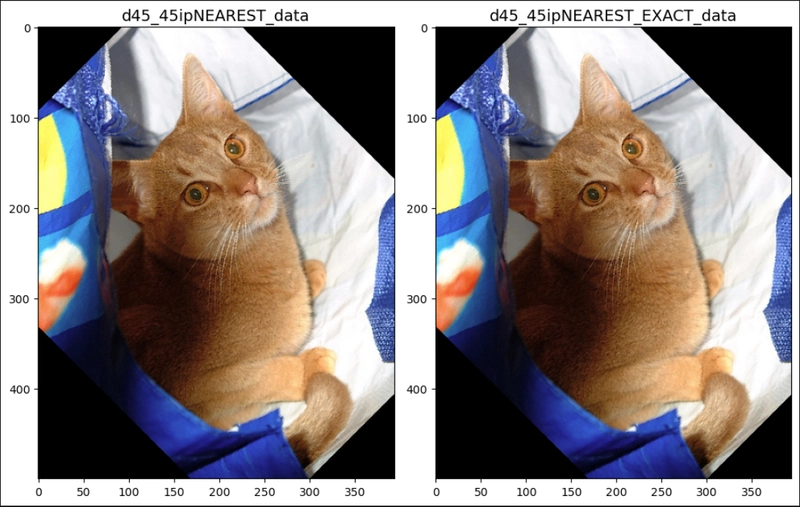InterpolationMode in PyTorch
Buy Me a Coffee☕ *Memos: My post explains Resize(). My post explains RandomRotation(). My post explains OxfordIIITPet(). You can set InterpolationMode as shown below: *Memos: In PyTorch to resample(resize) data, there are 9 interpolation modes Nearest(Nearest-neighbor) which matches the OpenCV’s INTER_NEAREST which is buggy, Nearest-exact(Nearest-neighbor) which matches the Scikit-Image's and PIL's(Pillow's) nearest neighbour which isn't buggy, Linear, Bilinear, Trilinear, Bicubic, Box, Hamming and Area according to Source code for torchvision.transforms.functional and torch.nn.functional.interpolate. *I will say again that Nearest is buggy while Nearest-exact isn't buggy. interpolation argument with antialias argument is for Resize(), RandomResizedCrop(), etc. interpolation argument without antialias argument is for RandomRotation(), RandomAffine(), RandomPerspective(), ElasticTransform(), RandAugment(), TrivialAugmentWide(), AutoAugment(), AugMix(), etc. from torchvision.datasets import OxfordIIITPet from torchvision.transforms.v2 import Resize, RandomRotation from torchvision.transforms.functional import InterpolationMode origin_data = OxfordIIITPet( root="data", transform=None ) import matplotlib.pyplot as plt def show_rimages(im, s=None, ip=None): title = "s" + str(s) + "ip" + str(ip).split(".")[1] + "a" title1 = title + "True_data" title2 = title + "False_data" plt.figure(figsize=[10, 8]) for i in range(1, 3): plt.subplot(1, 2, i) r = Resize(size=s, interpolation=ip, antialias=True if i == 1 else False) plt.title(label=title1 if i == 1 else title2, y=1, fontsize=14) plt.imshow(X=r(im)) plt.tight_layout() plt.show() def show_rrimages(im, d=None, ip=None): plt.figure(figsize=[10, 8]) for i in range(2): if isinstance(d, collections.abc.Sequence): d1 = str(d[0]) if d[0] >= 0 else "n" + str(-1*d[0]) d2 = str(d[1]) if d[1] >= 0 else "n" + str(-1*d[1]) dpart = d1 + d2 if "n" in d2 else d1 + "_" + d2 else: dpart = str(d) title = "d" + dpart + "ip" + str(ip[i]).split(".")[1] + "_data" plt.subplot(1, 2, (i+1)) rr = RandomRotation(degrees=d, interpolation=ip[i]) plt.title(label=title, y=1, fontsize=14) plt.imshow(X=rr(im)) plt.tight_layout() plt.show() plt.figure(figsize=[7, 9]) plt.title(label="s500_394origin_data", fontsize=14) plt.imshow(X=origin_data[0][0]) plt.show() print() show_rimages(im=origin_data[0][0], s=50, ip=InterpolationMode.NEAREST) show_rimages(im=origin_data[0][0], s=50, ip=InterpolationMode.NEAREST_EXACT) show_rimages(im=origin_data[0][0], s=50, ip=InterpolationMode.BILINEAR) show_rimages(im=origin_data[0][0], s=50, ip=InterpolationMode.BICUBIC) show_rimages(im=origin_data[0][0], s=50, ip=InterpolationMode.BOX) show_rimages(im=origin_data[0][0], s=50, ip=InterpolationMode.HAMMING) show_rimages(im=origin_data[0][0], s=50, ip=InterpolationMode.LANCZOS) print() show_rrimages(im=origin_data[0][0], d=[45, 45], ip=[InterpolationMode.NEAREST, InterpolationMode.NEAREST_EXACT]) show_rrimages(im=origin_data[0][0], d=[45, 45], ip=[InterpolationMode.BILINEAR, InterpolationMode.BICUBIC])
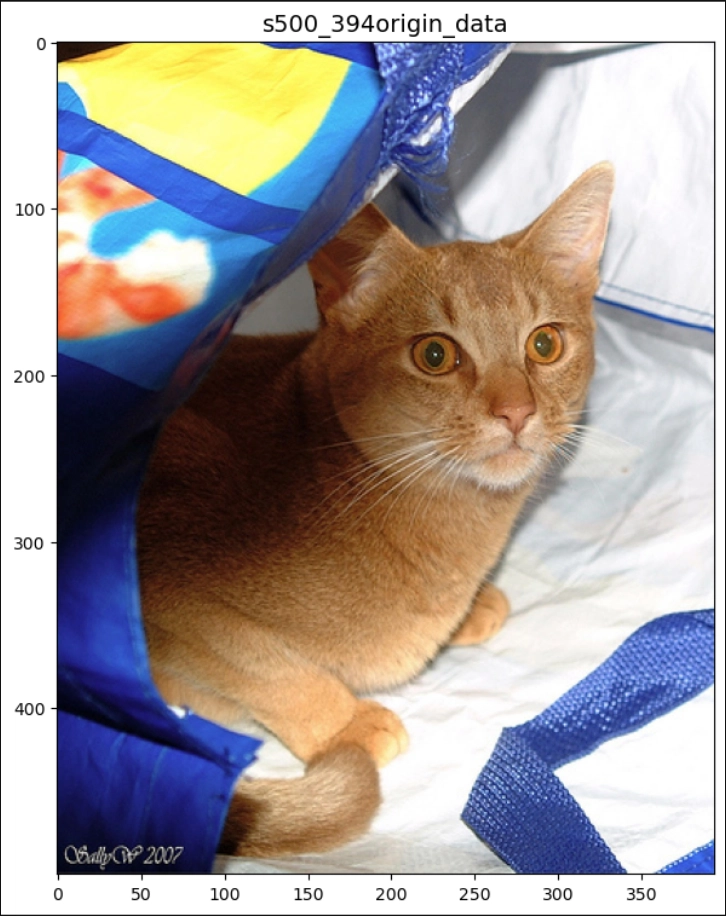
*Memos:
- My post explains Resize().
- My post explains RandomRotation().
- My post explains OxfordIIITPet().
You can set InterpolationMode as shown below:
*Memos:
- In PyTorch to resample(resize) data, there are 9 interpolation modes Nearest(Nearest-neighbor) which matches the OpenCV’s INTER_NEAREST which is buggy, Nearest-exact(Nearest-neighbor) which matches the Scikit-Image's and PIL's(Pillow's) nearest neighbour which isn't buggy, Linear, Bilinear, Trilinear, Bicubic, Box, Hamming and Area according to Source code for torchvision.transforms.functional and torch.nn.functional.interpolate. *I will say again that Nearest is buggy while Nearest-exact isn't buggy.
-
interpolationargument withantialiasargument is for Resize(), RandomResizedCrop(), etc. -
interpolationargument withoutantialiasargument is for RandomRotation(), RandomAffine(), RandomPerspective(), ElasticTransform(), RandAugment(), TrivialAugmentWide(), AutoAugment(), AugMix(), etc.
from torchvision.datasets import OxfordIIITPet
from torchvision.transforms.v2 import Resize, RandomRotation
from torchvision.transforms.functional import InterpolationMode
origin_data = OxfordIIITPet(
root="data",
transform=None
)
import matplotlib.pyplot as plt
def show_rimages(im, s=None, ip=None):
title = "s" + str(s) + "ip" + str(ip).split(".")[1] + "a"
title1 = title + "True_data"
title2 = title + "False_data"
plt.figure(figsize=[10, 8])
for i in range(1, 3):
plt.subplot(1, 2, i)
r = Resize(size=s, interpolation=ip,
antialias=True if i == 1 else False)
plt.title(label=title1 if i == 1 else title2, y=1, fontsize=14)
plt.imshow(X=r(im))
plt.tight_layout()
plt.show()
def show_rrimages(im, d=None, ip=None):
plt.figure(figsize=[10, 8])
for i in range(2):
if isinstance(d, collections.abc.Sequence):
d1 = str(d[0]) if d[0] >= 0 else "n" + str(-1*d[0])
d2 = str(d[1]) if d[1] >= 0 else "n" + str(-1*d[1])
dpart = d1 + d2 if "n" in d2 else d1 + "_" + d2
else:
dpart = str(d)
title = "d" + dpart + "ip" + str(ip[i]).split(".")[1] + "_data"
plt.subplot(1, 2, (i+1))
rr = RandomRotation(degrees=d, interpolation=ip[i])
plt.title(label=title, y=1, fontsize=14)
plt.imshow(X=rr(im))
plt.tight_layout()
plt.show()
plt.figure(figsize=[7, 9])
plt.title(label="s500_394origin_data", fontsize=14)
plt.imshow(X=origin_data[0][0])
plt.show()
print()
show_rimages(im=origin_data[0][0], s=50, ip=InterpolationMode.NEAREST)
show_rimages(im=origin_data[0][0], s=50, ip=InterpolationMode.NEAREST_EXACT)
show_rimages(im=origin_data[0][0], s=50, ip=InterpolationMode.BILINEAR)
show_rimages(im=origin_data[0][0], s=50, ip=InterpolationMode.BICUBIC)
show_rimages(im=origin_data[0][0], s=50, ip=InterpolationMode.BOX)
show_rimages(im=origin_data[0][0], s=50, ip=InterpolationMode.HAMMING)
show_rimages(im=origin_data[0][0], s=50, ip=InterpolationMode.LANCZOS)
print()
show_rrimages(im=origin_data[0][0], d=[45, 45],
ip=[InterpolationMode.NEAREST, InterpolationMode.NEAREST_EXACT])
show_rrimages(im=origin_data[0][0], d=[45, 45],
ip=[InterpolationMode.BILINEAR, InterpolationMode.BICUBIC])










































































































































































![[The AI Show Episode 144]: ChatGPT’s New Memory, Shopify CEO’s Leaked “AI First” Memo, Google Cloud Next Releases, o3 and o4-mini Coming Soon & Llama 4’s Rocky Launch](https://www.marketingaiinstitute.com/hubfs/ep%20144%20cover.png)



















































































































































































.jpg?width=1920&height=1920&fit=bounds&quality=70&format=jpg&auto=webp#)






















































































_Olekcii_Mach_Alamy.jpg?width=1280&auto=webp&quality=80&disable=upscale#)











































































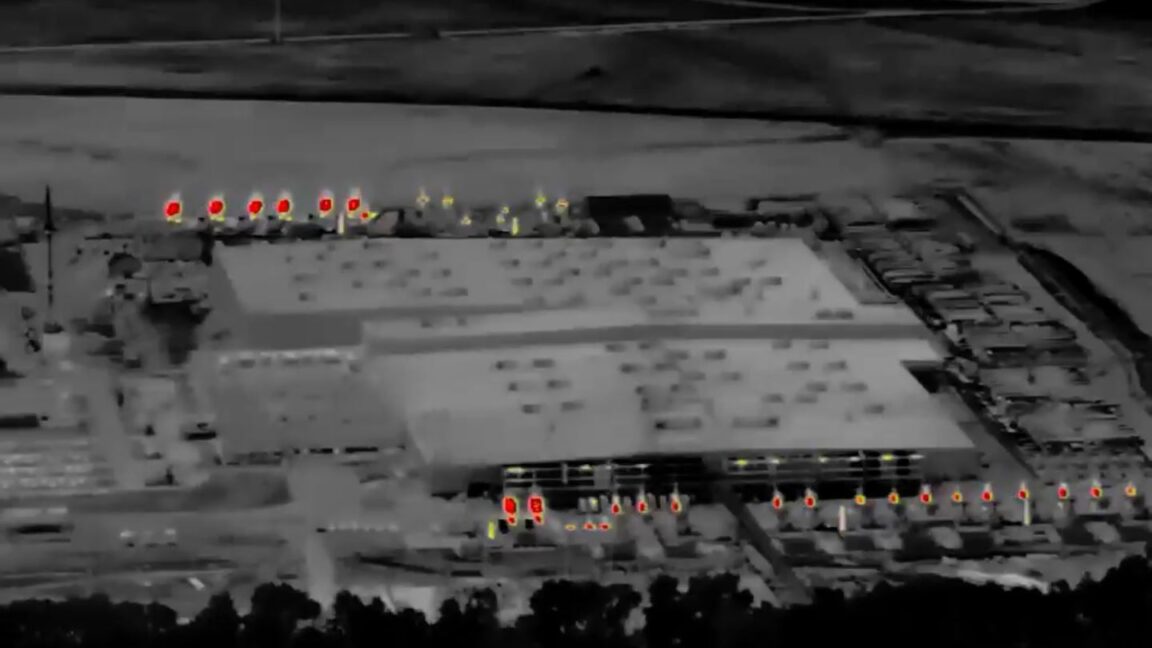










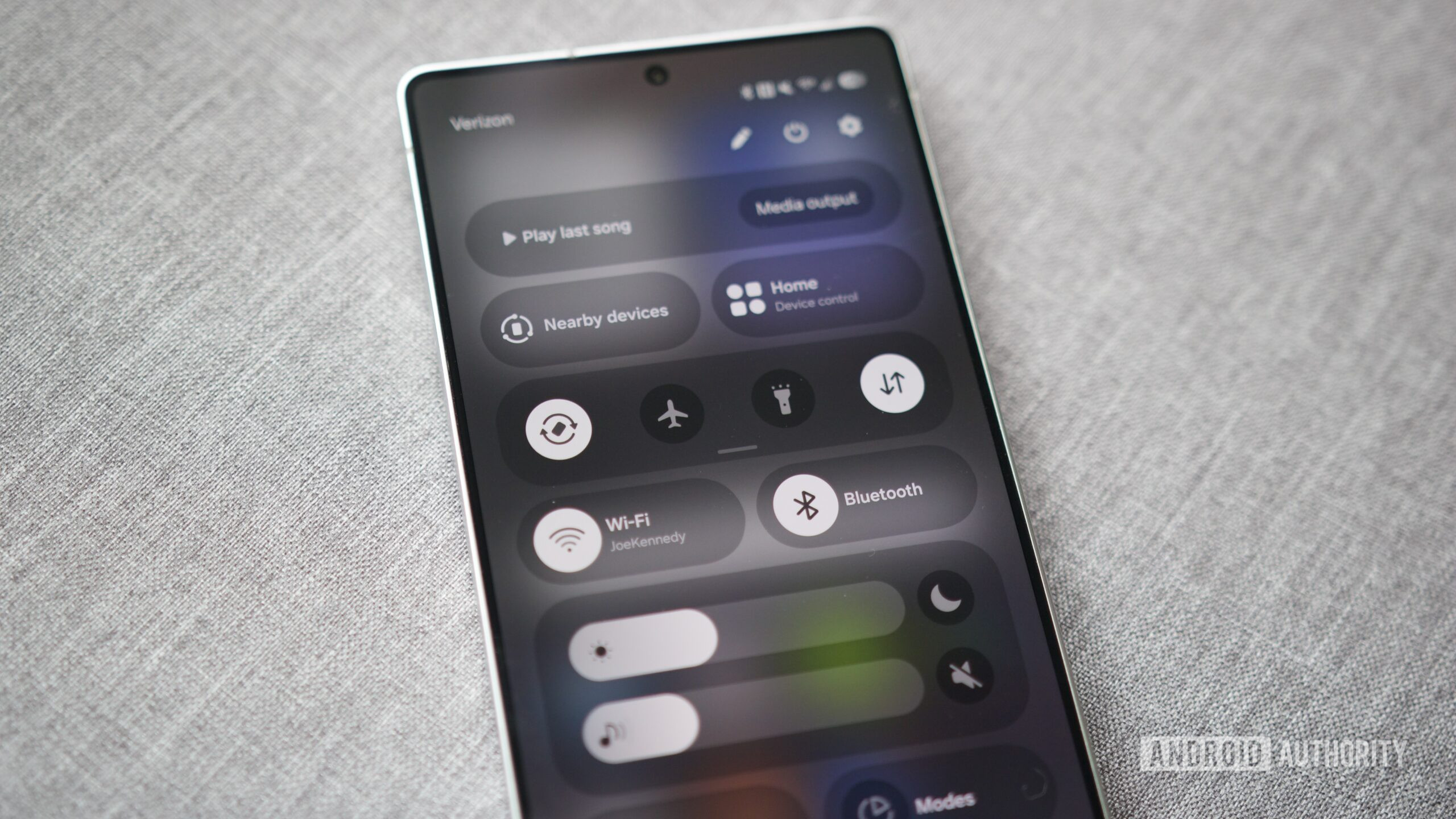

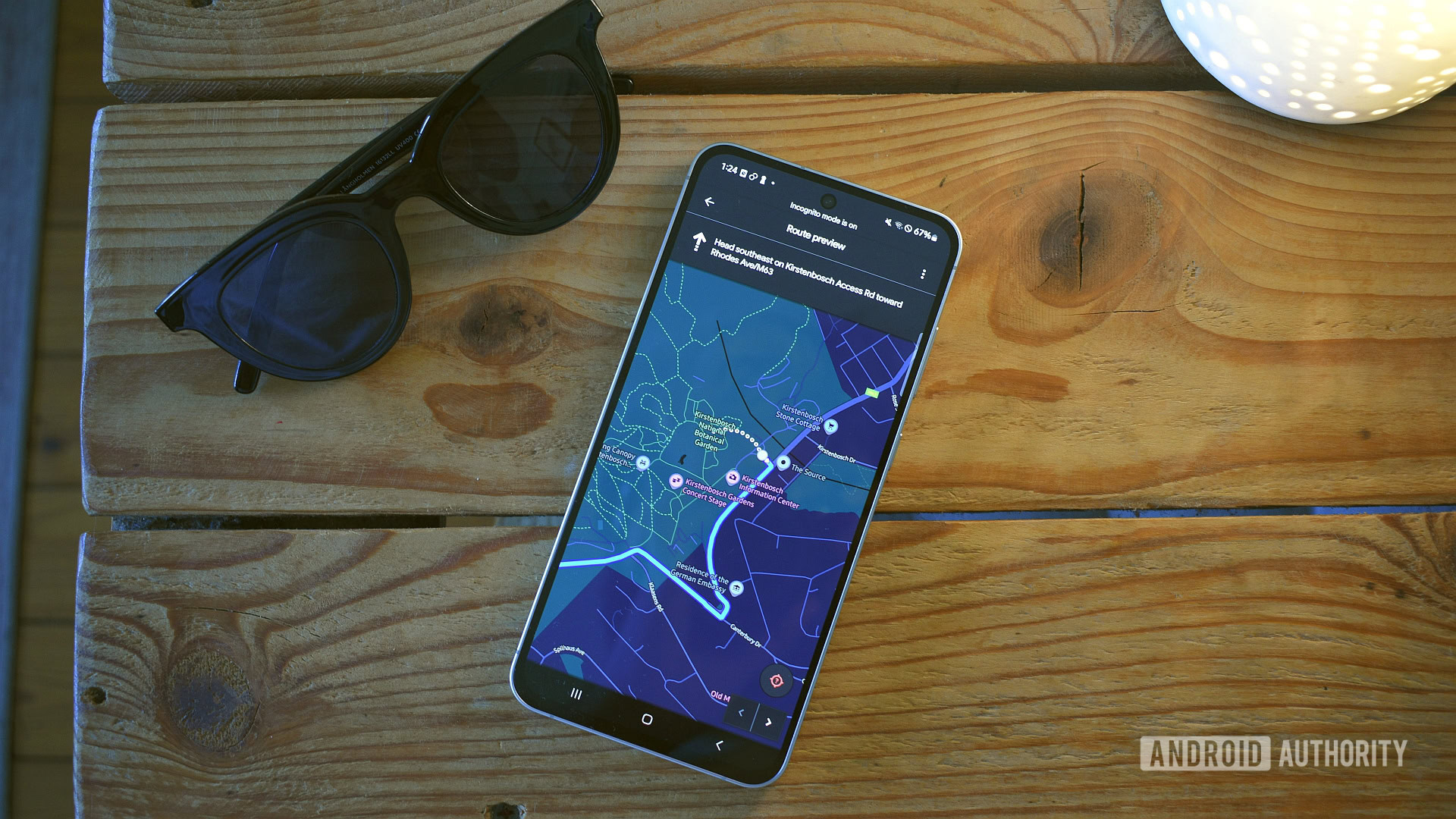





















![Most iPhones Sold in the U.S. Will Be Made in India by 2026 [Report]](https://www.iclarified.com/images/news/97130/97130/97130-640.jpg)
![Apple to Shift Robotics Unit From AI Division to Hardware Engineering [Report]](https://www.iclarified.com/images/news/97128/97128/97128-640.jpg)


































































































































